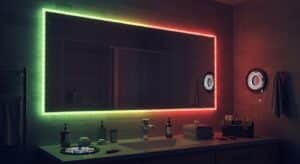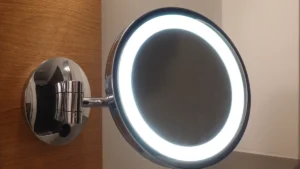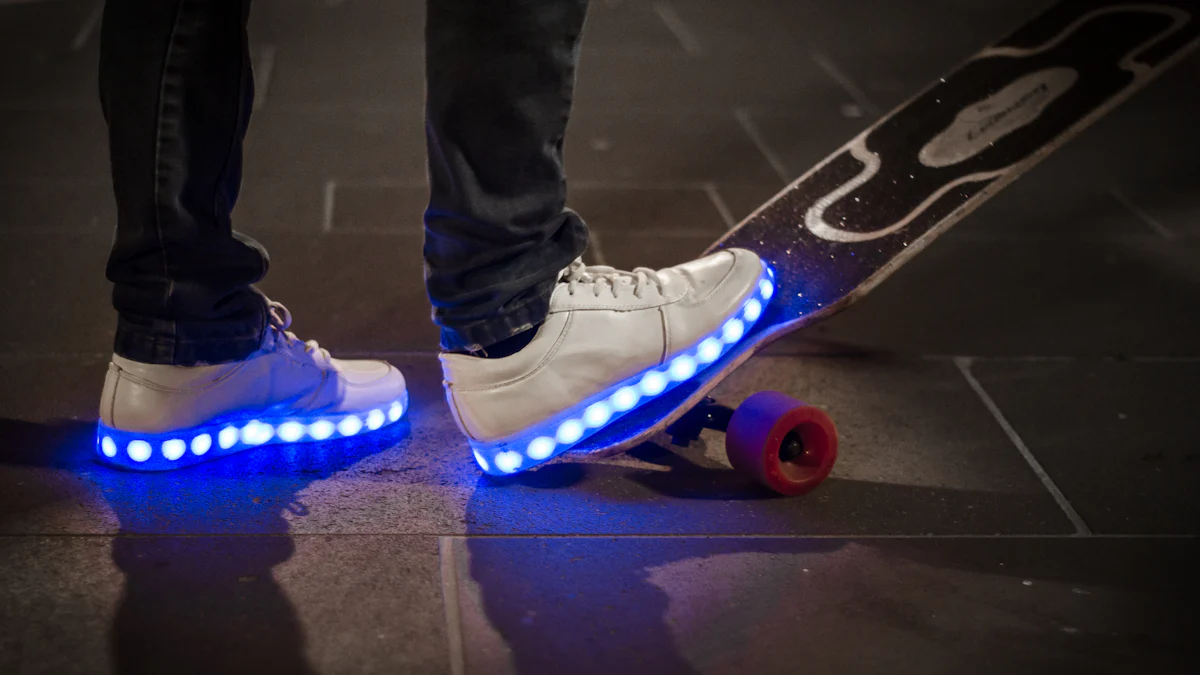
Choosing the best LED strip lights can transform your space, but how do you make the right choice? You need to consider several factors. First, understand your lighting needs. Are you looking for decorative or functional lighting? Next, check the specifications. Look at brightness, colour temperature, and the Colour Rendering Index (CRI). Evaluate the quality of the LED strip lights by examining the LED chip quality and durability. Consider the power source, whether plug-in, hardwired, or battery-powered. Finally, explore additional features like smart home integration and dimming options. These considerations will guide you in selecting the perfect LED strip lights for your needs.
Understanding Lighting Needs
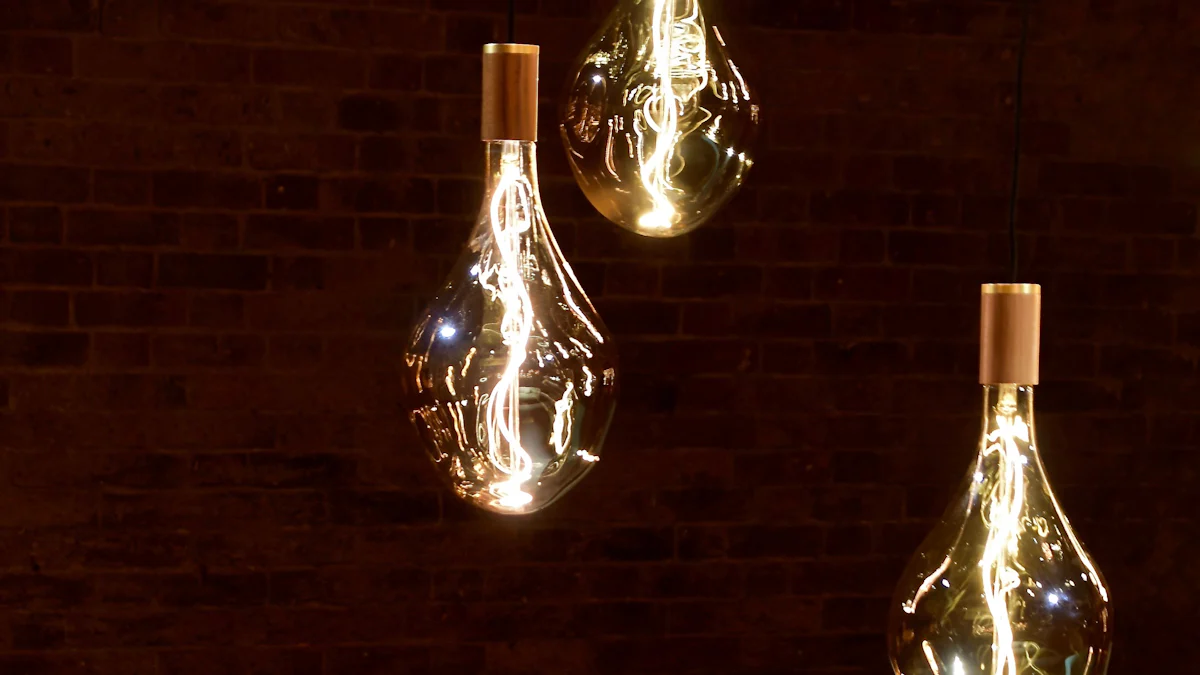
When choosing LED strip lights, understanding your lighting needs is crucial. This involves considering the purpose of the lighting and the specific location where you plan to install them.
Purpose of Lighting
Decorative vs. Functional
LED strip lights serve various purposes. You might want them for decorative reasons, such as adding a touch of elegance to your living room or creating a cosy atmosphere in your bedroom. Alternatively, you could need them for functional purposes, like illuminating a workspace or kitchen counter. Lisa Song, an expert in LED strip lights, highlights their versatility for both accent and task lighting. Knowing whether you need decorative or functional lighting will guide your choice in terms of brightness and colour temperature.
Indoor vs. Outdoor Use
Consider whether you will use the LED strip lights indoors or outdoors. Indoor lights often focus on aesthetics and ambience, while outdoor lights require durability and weather resistance. For outdoor use, ensure the lights have a high IP rating to withstand dust and moisture. This ensures longevity and performance in various environmental conditions.
Location Considerations
Room Type and Size
The type and size of the room significantly influence your choice of LED strip lights. A large room may require brighter lights with higher lumens to ensure adequate illumination. In contrast, a smaller space might benefit from softer lighting to create a warm and inviting atmosphere. Evaluate the room’s function and size to determine the appropriate brightness and length of the LED strip lights.
Environmental Factors
Environmental factors also play a role in selecting the right LED strip lights. Consider the room’s humidity, temperature, and exposure to sunlight. For instance, a bathroom or kitchen might need LED strip lights with a higher IP rating to resist moisture. Additionally, rooms with large windows may require lights with adjustable brightness to complement natural light during the day.
“Understanding the distinction between low-voltage and high-voltage options is crucial when making a choice,” advises Lisa Song. Each detail matters, from brightness levels to colour rendering. Take the time to consider all factors before purchasing to ensure you get the best LED strip lights that align with your lighting goals.
By thoroughly assessing your lighting needs, you can select LED strip lights that not only enhance your space but also meet your specific requirements effectively.
Checking Specifications
When selecting LED strip lights, examining the specifications is essential. This ensures you choose the right product for your needs.
Brightness
Lumens and Wattage
Brightness in LED strip lights is measured in lumens. A higher lumen count means brighter light. For general use, aim for at least 450 lumens per foot. This brightness level matches traditional lighting like T8 fluorescent lamps. Consider wattage too. It indicates energy consumption. For instance, the HD-SL15-24V-180 LED Strip Light offers 14 watts per metre. It provides excellent brightness for task lighting.
Application-Specific Needs
Different applications require different brightness levels. For ambient lighting, lower lumens suffice. Task lighting demands higher lumens. The NeoLED COB Strip Lights deliver 2340 lumens per metre. This makes them ideal for spaces needing intense illumination. Always match the brightness to your specific application to achieve the desired effect.
Colour Temperature
Warm vs. Cool Light
Colour temperature affects the mood of a space. Warm light, with lower Kelvin values, creates a cosy atmosphere. Cool light, with higher Kelvin values, suits workspaces. Choose warm light for living areas and cool light for offices. This selection enhances the ambience and functionality of your space.
Impact on Ambience
The right colour temperature transforms a room’s ambience. Warm tones make spaces feel inviting. Cool tones promote focus and alertness. Consider the purpose of the room when choosing the colour temperature. This ensures the LED strip lights contribute positively to the environment.
Colour Rendering Index (CRI)
Importance of CRI
CRI measures how accurately a light source reveals colours. A higher CRI means better colour representation. For most applications, a CRI of 85+ is sufficient. However, for professional settings, opt for a CRI of 97+. This ensures colours appear true and vibrant under the LED strip lights.
Recommended CRI Levels
For everyday use, LED strip lights with a CRI of 85+ are recommended. They provide good colour accuracy. For tasks requiring precise colour distinction, such as in art studios, choose lights with a CRI of 97+. This level of accuracy ensures that colours are displayed as intended.
By carefully checking these specifications, you can select LED strip lights that meet your lighting needs effectively. This attention to detail ensures optimal performance and satisfaction with your lighting choice.
Evaluating Quality
When choosing LED strip lights, evaluating their quality is crucial. You want to ensure that the lights you select will perform well and last long. This involves examining the LED chip quality and the overall durability of the product.
LED Chip Quality
Types of LED Chips
LED chips come in various types, each offering different levels of brightness and efficiency. Common types include 3020 SMD, 3014 SMD, 2835, 5050, and 3528. The size of these chips directly affects their light output. For instance, 5050 LEDs provide three times the light output of 3528 strips due to their larger size. When selecting LED strip lights, consider the type of LED chip used, as this will influence the brightness and energy efficiency of the lights.
Longevity and Performance
The longevity and performance of LED strip lights depend significantly on the quality of the LED chips. High-quality chips ensure that the lights maintain consistent brightness over time and do not degrade quickly. You should look for LED strip lights that use chips known for their durability and performance. This ensures that your investment in lighting will provide long-term benefits without frequent replacements.
Durability
Material and Build Quality
The material and build quality of LED strip lights play a vital role in their durability. High-quality materials ensure that the lights can withstand regular use without damage. When evaluating LED strip lights, check the quality of the circuit board and the protective coating. A robust build will protect the lights from physical damage and extend their lifespan.
Resistance to Environmental Factors
LED strip lights often face various environmental challenges, especially if used outdoors. You should consider the lights’ resistance to factors such as moisture, dust, and temperature changes. Look for lights with a high IP rating, which indicates their level of protection against these elements. A higher IP rating is essential for outdoor installations, ensuring that the lights remain functional and safe in different weather conditions.
By focusing on these aspects of quality, you can choose LED strip lights that not only meet your lighting needs but also offer reliability and longevity. This careful evaluation will help you make an informed decision, ensuring that your lighting solution is both effective and durable.
Considering the Power Source
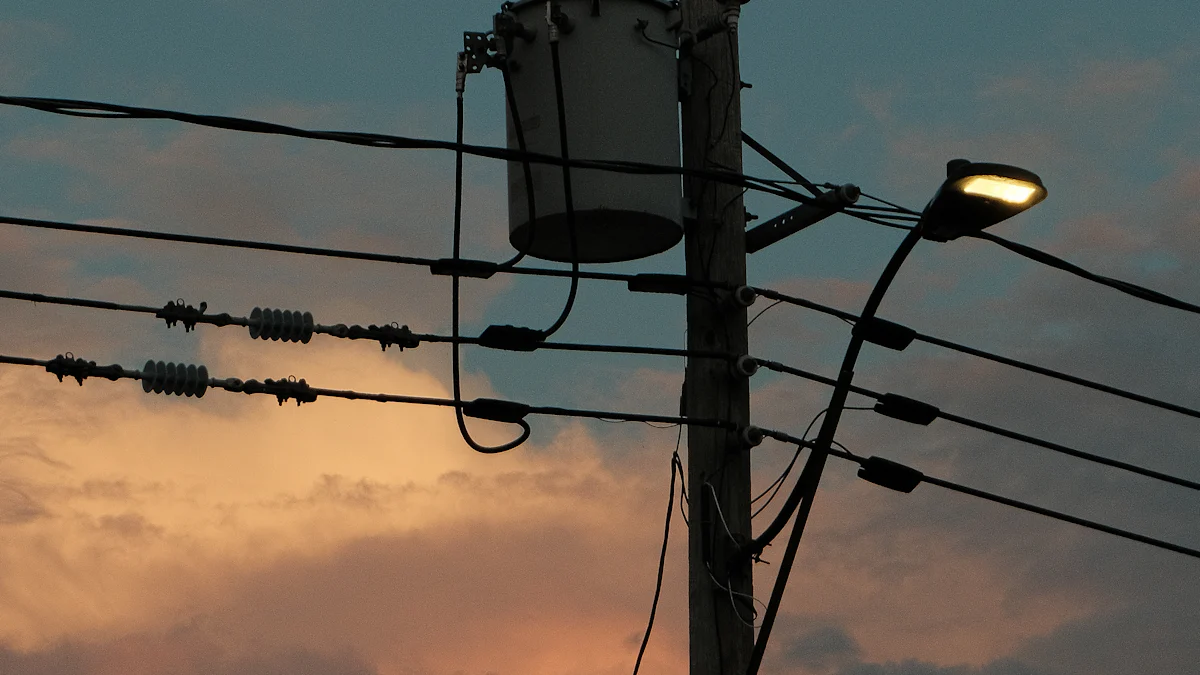
When selecting LED strip lights, you must consider the power source. This decision affects installation ease and energy efficiency. Understanding the types of power supplies available will help you make an informed choice.
Types of Power Supplies
Plug-in vs. Hardwired
You can choose between plug-in and hardwired power supplies for your LED strip lights. Plug-in options offer convenience. You simply connect them to a standard electrical outlet. This makes them ideal for temporary installations or areas where you might need to move the lights frequently. Hardwired options, on the other hand, provide a more permanent solution. They integrate directly into your home’s electrical system. This choice suits spaces where you want a seamless look without visible cords.
Battery-Powered Options
Battery-powered LED strip lights offer flexibility. You can use them in areas without easy access to power outlets. These lights are perfect for outdoor events or temporary setups. However, you must consider battery life and replacement costs. Frequent use may require regular battery changes, which can add to the overall expense.
Energy Efficiency
Energy-Saving Features
Energy efficiency is crucial when choosing LED strip lights. Look for features that reduce power consumption. Some LED strip lights come with built-in energy-saving modes. These modes adjust brightness based on ambient light levels. This feature not only saves energy but also extends the lifespan of the lights. Additionally, selecting LED strip lights with a high lumen-to-watt ratio ensures you get maximum brightness with minimal energy use.
Cost Implications
Energy-efficient LED strip lights can lead to cost savings over time. Although they might have a higher initial cost, the reduced energy consumption lowers your electricity bills. Consider the long-term savings when evaluating the cost implications. Investing in energy-efficient LED strip lights can prove economical in the long run. You benefit from lower operational costs and contribute to environmental sustainability.
By carefully considering the power source and energy efficiency, you can select LED strip lights that meet your needs while being cost-effective and environmentally friendly. This approach ensures you make a wise investment in your lighting solution.
Looking for Additional Features
When choosing LED strip lights, additional features can enhance your lighting experience. These features offer convenience and flexibility, making your lighting setup more versatile and user-friendly.
Smart Home Integration
Smart home integration allows you to control your LED strip lights effortlessly. This feature connects your lights to your existing smart home system, providing seamless operation.
Compatibility with Smart Systems
Ensure your LED strip lights are compatible with popular smart systems like Amazon Alexa, Google Home, or Apple HomeKit. This compatibility enables voice commands and automation, enhancing your control over the lighting environment. You can easily adjust settings without needing to physically interact with the lights.
Control Options
Smart home integration offers various control options. You can use remote controls, smartphone apps, or integrate them into broader smart home systems. This flexibility allows you to change the power and colour settings with ease. Some models even offer colour-changing capabilities, letting you adjust the ambiance of a space with just a button press.
Testimonial: “The strip light’s power and colour controls can be adjusted using various methods, including remote controls, smartphone apps, or integration into broader smart home systems. Some models offer features like colour-changing capabilities, allowing users to adjust the ambiance of a space with the press of a button.”
Dimming Options
Dimming options provide greater control over the brightness and mood of your space. This feature is particularly useful for creating different atmospheres in various settings.
Types of Dimmers
LED strip lights come with different types of dimmers. You can choose from rotary dimmers, touch-sensitive dimmers, or app-controlled dimmers. Each type offers unique benefits and levels of control. Rotary dimmers provide a simple, manual adjustment, while touch-sensitive and app-controlled dimmers offer more precise control over light levels.
Benefits of Dimming
Dimming your LED strip lights extends their lifespan and reduces energy consumption. By lowering the brightness, you can create a softer, more relaxing atmosphere. This feature is ideal for settings like living rooms or bedrooms, where you might want to adjust the lighting to suit different activities or times of day.
By considering these additional features, you can enhance your LED strip lighting experience. Smart home integration and dimming options provide convenience and flexibility, allowing you to tailor your lighting to your specific needs and preferences.
Choosing the best LED strip lights involves several key considerations. You should understand your lighting needs, check specifications, evaluate quality, consider the power source, and look for additional features. These tips will guide you in selecting the right LED strip lights from SUNLITE LED. Making informed decisions based on your specific needs and installation environments ensures you achieve the desired lighting effect. Remember, exploring various types and understanding the terminology, like low-voltage and high-voltage options, is crucial. This approach aligns your lighting goals with the perfect LED strip lights for your space.

